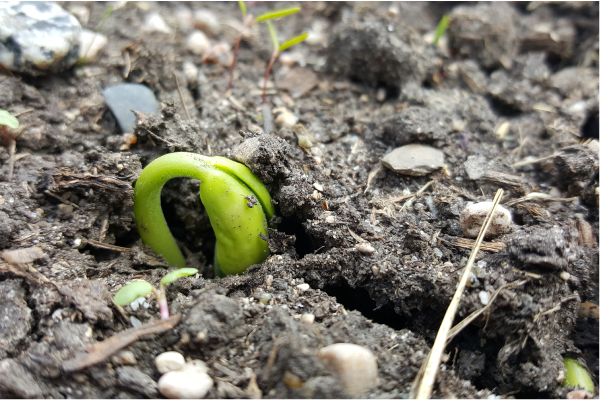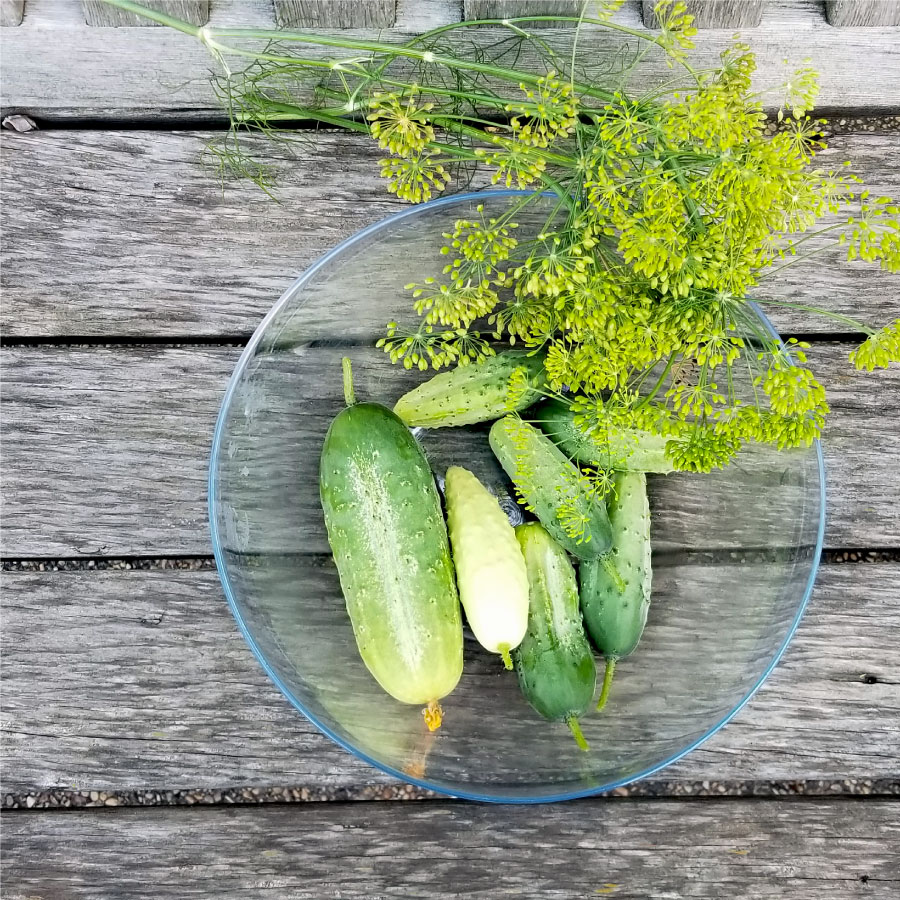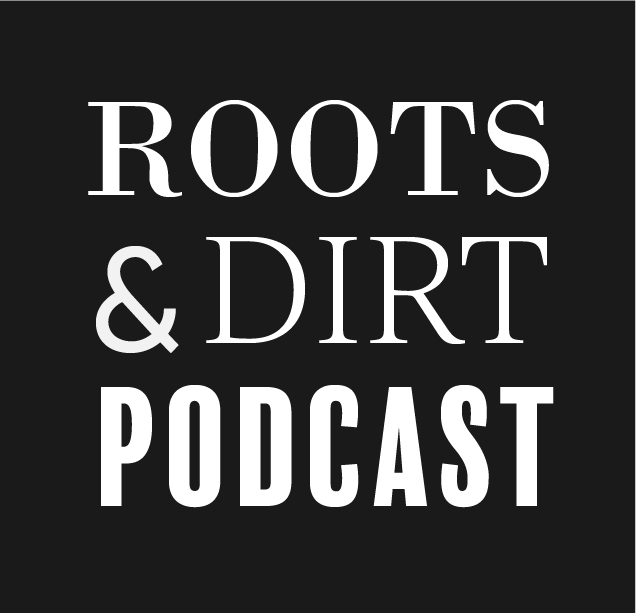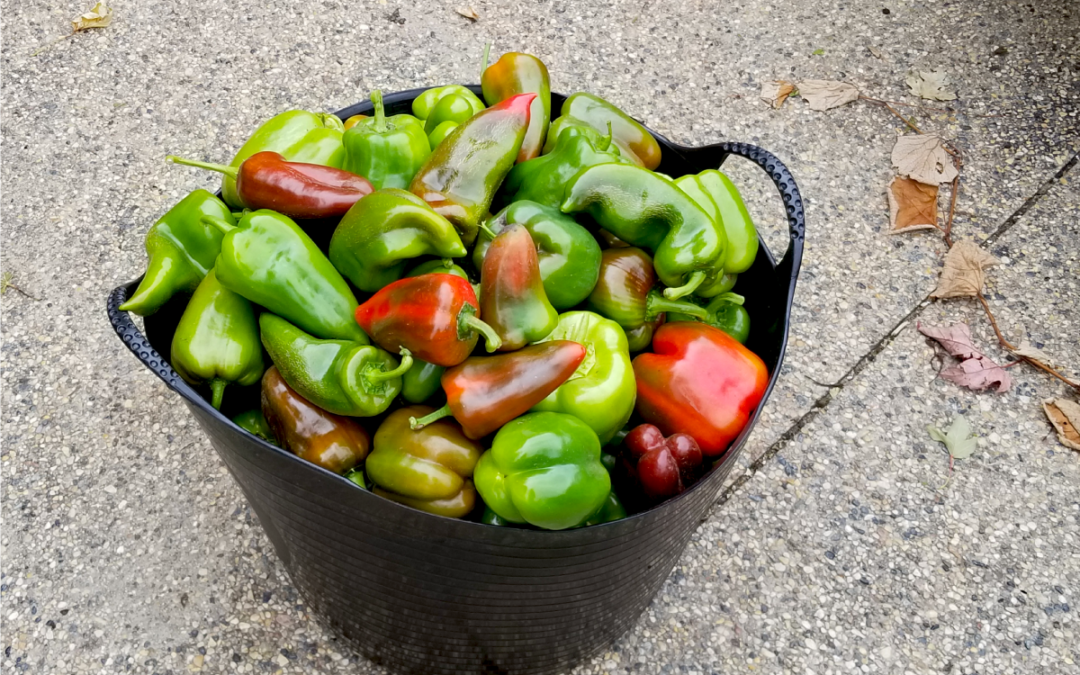




It doesn’t matter what size of garden you’re tending. Whether a few containers on your patio/deck or a 4000 square foot food forest, the key to being truly successful is…
Just keep planting.
There are times when it’s hard to see the light at the end of the tunnel as a new gardener. Heck, sometimes that’s an all too true statement for a seasoned gardener. But let me encourage you with this; success will come if you just keep planting.
You will lose crops. There will be things out of your control; pests and the weather to be exact. While there are things you can provide your garden with to mitigate these “problems”, one can only escape nature for so long. There have been years I’ve replanted 3 times before I finally had a successful crop. Sometimes I had to simply let go of having a certain vegetable growing in that space and move on to something else. For instance, last year, flea beetles were horrid in our garden. I’ve never struggled with them like we did last year; especially in our rutabagas. Now, I don’t use much of anything for sprays in our garden. I prefer to let nature take care of itself and for the most part it does. Flea beetles on rutabaga when they are young is nothing new to me. Typically a little neem oil early on is enough to get the seedlings established. Last year, the flea beetles persisted through the season and rather than pull the crop when I realized it probably wouldn’t size up to anything, I left it in to “see what happens”. Sadly, only about five of the 30 rutabaga sized up enough to harvest. What I should have done is pulled them up and replanted with something the flea beetles wouldn’t mess with. I have a large enough garden where this wasn’t a huge deal, but if I had been counting on this portion of my garden to be productive it would have been heartbreaking.

There are some things to consider when replanting your garden. So, stop pouting, tighten your boot straps, take the bull by the horns, jump back in the saddle (insert any other motivational line here), and start thinking about the following things.
- How much time do I have before my average first fall frost?
- What crops do I wish I had more of?
- Can I intercrop a different vegetable with some of the ones that weren’t destroyed?
- What didn’t I plant this year that I would enjoy a harvest of?
- Do I have to remove the plants that are there or will they regrow?
- Does this crop grow well in cool weather?
Here are some examples of ways I’ve overcome crop loss. I’ve planted cucumbers where my sweet potatoes were dying. I had two rows of sweets. One was planted near a row of tomatoes with the intentions of it vining out underneath the tomato plants, helping to mulch under them in a sense. In this row, I haven’t replanted in expectation of my tomatoes crowding out the space. However, in my other sweet potato row, I placed a couple cucumber seeds in between the plants. The idea is the cucumbers can grow vertical on a trellis and if the sweet potatoes survived they could vine out underneath. It is a heavily amending garden space being an old horse pasture so I’m not concerned with there being a lack of nutrients to support both crops. If I was, I could amend with some organic fertilizer.
I re-sow seed where they were. In spaces where beets, beans and kale had disappear, I simply replant beets, beans and kale. When replanting, I keep in mind what killed them in the first place and take care of the problem. For example, if they were eaten by rabbits, I protect them from rabbits.
Celery, like the sweet potatoes, I leave exactly where it is and wait for it to regrow. Celery will grow new stalks as long as the base of the plant where the stalks grow from hasn’t been eaten off. Picture the hunk of celery you lob off the end of a bundle when you purchase it from the store (obviously much smaller). Left in the ground, if that base is still intact, more celery will grow from that point. In places where it won’t regrow, I would probably plant some lettuce, beets or carrots. You’ll want something that stays more compact as to not interfere with the celery that is still growing.

When it comes to brassicas (things like broccoli, kale, cauliflower, Brussels sprouts, cabbage), more than likely you lost these to a critter of some sort and they will not regrow. However, most of the time you can replant these from seed and they will be perfectly happy here in the north. It is often said, even here in the north, that brassicas will bolt if planted later. That is true if it’s cold when you plant them and then it gets hot quickly. Planted when its already warm, they do not bolt and you will have a lovely late summer/fall harvest. In fact, brassicas taste a thousand percent better when harvested in the cool of fall rather than the heat of summer. Although we certainly do both.
The two most important things to consider when you are replanting are: how much time do I have left in my season and what killed this crop to begin with? Then, simply choose a variety that will mature in the amount of time you have left and then attempt to protect them from the critters, pest or disease that killed them off.
Moral of the story: plant more seeds. Don’t give up. Even the most seasoned gardeners lose crops each year; it’s part of taking ownership of your food system. It isn’t always easy, but it is always worth it. And you may just develop a little more appreciation for the food on your table in the process.


